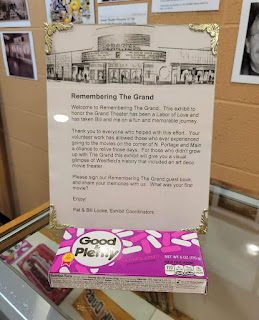The Ray Evans Seneca Theatre
Salamanca New York
This theatre was originally called the Seneca Theatre and was built by the Schine Theatre Chain to replace an aging venue a couple of blocks up the street (seen in photo). The theatre was designed by Drew Eberson, son of John Eberson. The Schine Chain operated the theatre until the mid-1960s. Construction began in 1941 just before the outbreak of WWII. It opened August 27, 1942, but due to a shortage of materials final work was not completed until 1945 after the war ended. The theatre lobby originally featured many sculptures in crevices on the walls. In November 2013, the Ray Evans Theatre featured the film, "The Lemon Drop Kid" for which Ray Evans and Jay Livingston wrote the score.
The theatre was called the Seneca Theatre after the Indian nation which owns the underlying ground. It sat abandoned until the early 1980s when Cattaragus County acquired the building. Over the next several years the theatre was slowly renovated and transformed into the Cattaragus County Center for the Performing Arts. It is now used for local live theatre productions.
Ray Evans
Raymond Bernard Evans (1915-2007) was an American songwriter. He was a partner in a composing and songwriting duo with Jay Livingston, known for the songs they composed for films. Evans wrote the lyrics and Livingston wrote the melody. Evans is an inductee in the Songwriters Hall of Fame. He and Livingston have a star on the Hollywood Walk of Fame presented to them in 1995. Evans died at age 92 in Los Angeles on the 42nd anniversary of the death of Nat King Cole, who had made the song, "Mona Lisa" so famous.




.jpg)



































.jpg)


















